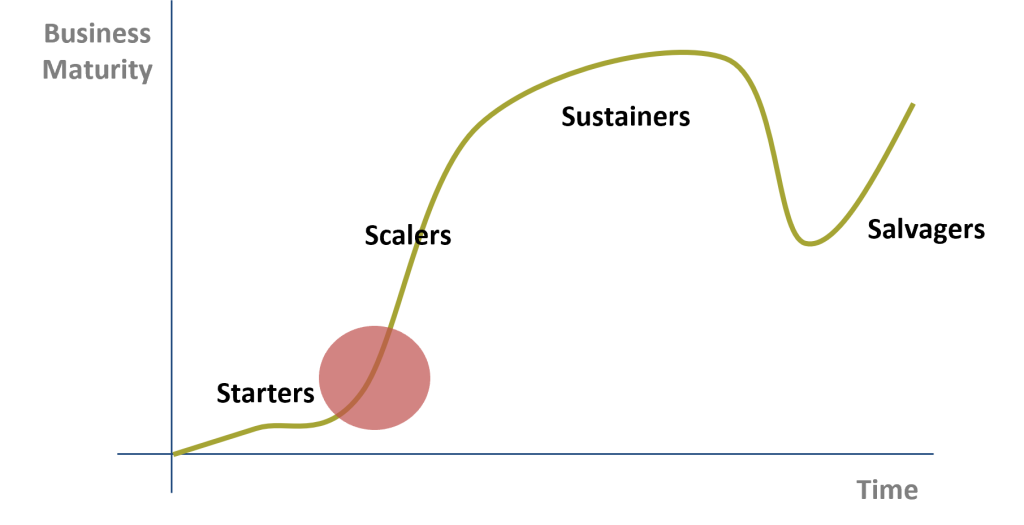7 Best Practices for Corporate Entrepreneurship – #7 “Governance & Support”
If you’ve been following this series of articles, the theme has been exploring the unique endeavor of “entrepreneurship within large organizations” (aka “corporate entrepreneurship”), its challenges & paradoxes, its opportunities, and what it takes to get it right. Based on our experience of helping others & doing it ourselves, we’ve identified “7 Best Practic es” that are foundational to success, with this one being the final installment:
es” that are foundational to success, with this one being the final installment:
- C-Suite Vision & Championing
- External Connectivity/Customers
- Strategic Focus & Sponsorship
- Core Innovation Process
- The Right People-Profiles
- Adoption Integration & Pull
- Governance & Support
(I encourage you to read the articles on 1-6 for context)
If the previous 6 practices are the necessary techniques to build a “winning team,” think of governance as the fundamental guidelines that dictate the “rules of the game” — …time periods, scoring, time-outs, fair play & fouls, referees, etc — all the ways in which order and rhythm is brought to the way players interact and the game is played.
While governance can evolve to become quite sophisticated, here are the general categories of rules with basic questions to answer/define:
- Innovation Project Definition: what constitutes a project or initiative, and what does it take to start/stop one (ex. problem definition, sponsor, team, etc) ?
- Milestones & Transitions: when/what are the key milestonses in the process and corresponding objectives/criteria/metrics to know if they’ve been attained ( ex idea, project, proof of concept, startup)? Also what happens when a milestone has been passed (i.e. transition)?
- Funding: where does funding come from and how is it allocated per the projects and milestones (ex from the innovation team, and/or core business)?
- Management: who facilitates and decides at key milestones?
- Meetings/Reviews: why/who/when are regular meetings (ex coaching-checkins, steering committees, sponsor/stakeholder interaction, etc)?
- Staffing: how are people recruited, managed and coached through the process and through key milestone transitions (sometimes called “nesting strategy” – ex. staying with the team or handing off)?
Clearly the answers to the these questions are far-reaching and will shape the way innovation is done in the organization. However we recommend that “rules of the game” evolve according to two guiding principles:
First, “start with the minimum” allowing you to learn, iterate and build additional governance as it is needed/pulled (not ahead of when it’s needed – overdoing governance at the start is a key pitfall that turns into bureaucracy and busy-work).
Second, as the company evolves its strategy, so should the role of innovation … and the rules governance must adapt and evolve accordingly (it’s actually a good sign … it means innovation is “part of the game”). As a note from our experience, we work with companies who are on their third or fourth evolution of their “innovation governance model” – yours will change as well.
Finally keep in mind that although the notion of “rules/governance” may initially feel antithetical to “innovation freedom”, if done correctly, a healthy governance model actually provides a way to keep stakeholders interested & engaged, it defines “innovation constraints & parameters” that actually promote creativity, and it helps us keep score to know what adjust to increase our chances of winning.
Picture: pexels.com






